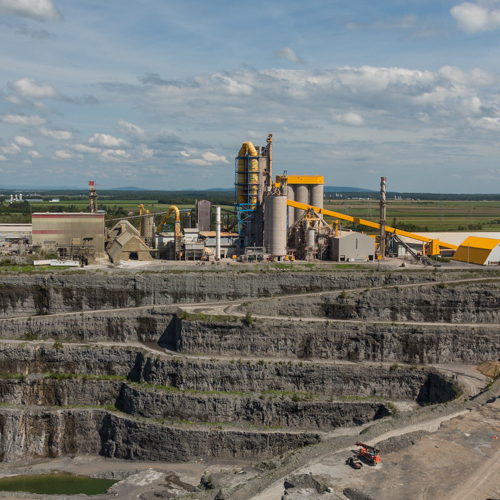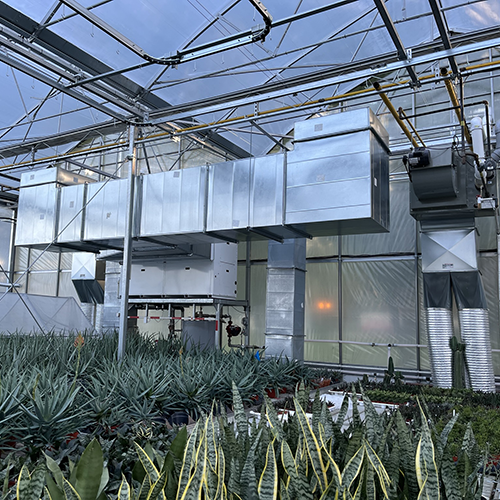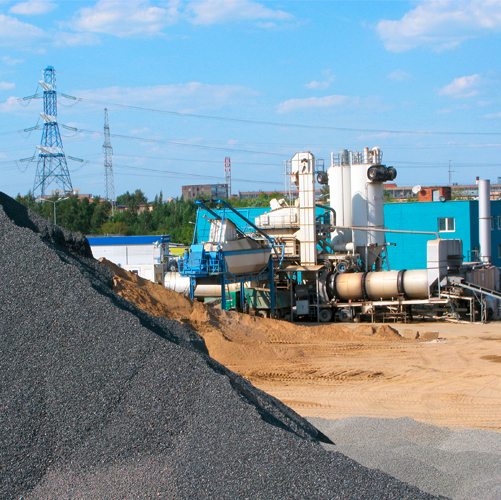In 2017, when management at the Parmalat plant in Victoriaville decided to replace its 40 year old steam boilers, its objectives were clear: increase steam production capacity, optimize energy performance, decrease operating costs and reduce its environmental footprint. To achieve this, it turned to Énergir, a long- trusted partner.Full steam ahead!
Two years later, the new steam boiler room is running at full capacity and its output is surprising even the most seasoned experts. “We are achieving a nearly 92% energy efficiency rating for the whole building – its impressive,” says Pierre Drolet, Director of Engineering at Lactalis Canada (owner of Parmalat) and the customer’s Project Manager. How did Énergir help the plant successfully meet its objectives? That’s what you will discover as you read on.Boiler plant 2.0
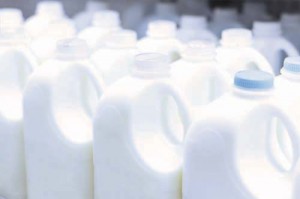 Parmalat, an important employer in the region, processes milk products and produces commercial cheeses under various well-known brands like Galbani, Black Diamond, Lactantia, and even Ficello. In anticipation of a strong increase in needs due to the growth in activities and the enlargement of the plant, Parmalat wanted to increase its steam production capacity for 2019. The modernization also had to consider the possible future expansion of its facilities.Savings all down the line
Parmalat, an important employer in the region, processes milk products and produces commercial cheeses under various well-known brands like Galbani, Black Diamond, Lactantia, and even Ficello. In anticipation of a strong increase in needs due to the growth in activities and the enlargement of the plant, Parmalat wanted to increase its steam production capacity for 2019. The modernization also had to consider the possible future expansion of its facilities.Savings all down the line
Parmalat therefore needed to invest in the construction of a new steam boiler room (also called a boiler house). The approach recommended by Énergir – and approved by plant management – consisted of equipping the new boiler house with high efficiency natural gas boilers and adopting various energy efficiency measures. With this solution, the steam requirements of the various production processes would be filled and the customer would save appreciable quantities of natural gas – a financial and environmental advantage because, by reducing consumption, Parmalat would limit its greenhouse gas (GHG) emissions. Also, by installing the boiler house in a new building annexed to the plant, the customer could continue to use its old boilers until the new equipment came on stream.Natural gas, naturally!
“For the requirements of our project, natural gas was the most cost-effective option,” explains Drolet. “We have maintained excellent relations with Énergir for more than 30 years, and the fact that this gives us access to the latest technologies and grants made all the difference. We have thus been able to benefit from more efficient equipment more quickly, while accelerating the return on our investment.”The project in brief
| No. | EEM | EEM cost | Savings | ROI before financial support |
| $$$ | $/year | years | ||
| 1 | Boilers and economizers | 2,750,115 | 328,256 | 8.38 |
| 2 | Reduction of purge | 42,824 | 30,036 | 1.43 |
| 3 | Recovery of energy from purges | 67,180 | 6,313 | 10.64 |
| 4 | Micro-modulation of burners | 433,119 | 112,310 | 3.86 |
| 5 | Recovery from vent | 21,562 | 21,727 | 0.99 |
| 6 | Centralized management of boiler house | 99,454 | 20,544 | 4.84 |
| 7 | Solar wall | 65,300 | 6,093 | 10.72 |
| Total | 3,479,554 | 525,278 | 6.62 |
Table1: The project in numbersBrief description of the new boiler house

First, two new 1,200 BHP fire-tube boilers offer energy efficiencies superior to the old boilers, the two oldest dating back to 1961 and 1976. Adding an economizer to two autonomous circuits helped recover heat from the exhaust gases. The first circuit used water from the deaerator, which recovered the sensible heat to directly feed the boilers. The second circuit, at a lower temperature, recovered the latent energy from the exhaust gases and pre-heated fresh water to feed the deaerator. Also, all the components connected to the boiler house (condensation return system, pumps, deaerator, water treatment, etc.) are new.
To avoid the accumulation of deposits and maintain the level of total dissolved solids (TDS) in the boilers’ water, a continuous control system with an alkalinity sensor and modulating value minimizes the losses related to the continuous surface purge. The purge water contains much energy, which is worth recovering for various purposes, such as pre-heating fresh water for the boiler house. These two EEMs are usually implemented together at the same time.
Since the boiler house consumes significant energy, it is essential that the boiler burners have an efficient control system to help reduce the oxygen intake while ensuring sufficient air supply for combustion. This control system is called micro-modulation. The main components connected to the control panel are the system to manage the burner flame, an oxygen sensor, a speed controller on the fan motor and an actuator to modulate the natural gas valve.
The non-condensing gases in the water are mixed with low-pressure steam and then evacuated by the deaerator vent. However, with an indirect exchanger at the vent, it is easy to recover this energy with some of the fresh water required to meet the boiler house’s various needs.
In boiler houses with several boilers like that of Parmalat, a distributed control system is needed to optimize their use. The system sequences boiler operations and optimizes flows and temperatures at the economizers.
Lastly, a solar wall completes the principal EEMs. With a surface area of 142 m2, the south-west orientation of the wall attracts enough sunshine to optimize heat recovery. The wall is made of perforated polycarbonate with fresh air flows of 11,560 litres every second. Behind the top of the solar wall, a ventilation duct, is coupled to a rooftop then the air is heated, as needed, by a natural gas burner in order to supply heat to the building. A series of dampers and conduits allows the destratification of the hot air.
The boiler house design was prepared by LogiVap. To facilitate defining the calculations of performance for the reference and efficiency scenarios, Énergir used calculation software for boiler houses called Boiler House Energy Performance Simulator. The software is available on the Énergir Internet site, in the section Partners. You can also request it from your Énergir Datech Technical advisor.In tune with the times
Built at a cost of $7 million, including the building, the new boiler house generates combined savings of more than $500,00 a year. The solar wall and the other EEMs are reducing GHG emissions by 3,400 tonnes per year. Thanks to the new equipment and the implementation of energy efficiency measures, Parmalat has been able to increase its steam production by 50% and reduce its annual consumption of natural gas by 1.78 million m3. This project effectively illustrates a principle of energy efficiency that we hold dear: the best energy is the one that we don’t consume!
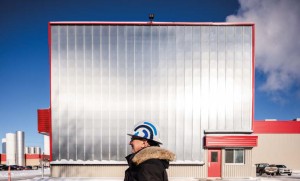
Guy Desrosiers, Eng.,
Advisor, Major Industries & Energy Efficiency, DATECH
![]()
Continue reading





